Payroll is one of the most complex and time-consuming aspects of running a business. Yet it’s also one of the most important – employees rely on accurate and timely payroll processing and payment. Mistakes can lead to financial hardship, low morale, and even legal issues.
For many companies, payroll is still a highly manual process. Employees submit timesheets, managers approve hours, and payroll staff calculates wages, taxes, deductions, and withholdings by hand. All this manual work leaves room for human error, leading to incorrect payments and compliance issues.
Table of Contents
Payroll automation tools aim to solve these problems by streamlining and optimizing the entire payroll process. Automating payroll can save companies tremendous time and money while also improving accuracy.
In recent years, artificial intelligence (AI) has transformed the capabilities of payroll automation tools. AI-powered solutions can continuously learn and improve, taking payroll automation to the next level.
AI enables things like predictive analytics, personalized recommendations, automated regulatory compliance, fraud detection, and conversational interfaces. These AI capabilities optimize payroll workflows, minimize errors, and create a better experience for both employers and employees.
This article explores the benefits of automating payroll with AI, key features to look for when choosing a solution, and what to consider when evaluating your organization’s payroll needs and requirements. With the right payroll automation tool powered by AI, companies can simplify payroll, improve efficiency, reduce costs, and focus on their core business goals.
The Benefits of Payroll Automation
Automating payroll comes with a lot of benefits that can transform the payroll function within an organization. By utilizing payroll software to handle time-consuming manual processes, companies can reduce errors, save time and money, and gain access to better insights. The key advantages of automating payroll include:
- Saves Time – Manual payroll can be extremely time-consuming, taking days of effort each pay period. Automated software handles calculations, taxes, deductions, and payments in minutes.
- Reduces Errors – Automated payroll has much lower error rates compared to manual methods. The payroll automation tool accurately calculates complex payrolls and stays up-to-date on changing tax laws.
- Improves Compliance – Automated software ensures payroll follows employment laws and tax codes, avoiding fines and penalties. Built-in auditing provides transparency.
- Easy Reporting – Software enables real-time reporting and analytics at the click of a button. Insights can be customized to any specification.
- Increased Efficiency – Automation lets payroll staff focus on strategic tasks vs administrative work. It also saves money on tax filing services.
Companies of all sizes and across all industries stand to benefit tremendously by shifting to payroll automation tools. When combined with AI capabilities, the benefits are amplified even further.
Key Features to Look for in Payroll Software
When evaluating payroll software solutions, it’s important to understand the key features and capabilities that will meet your organization’s specific needs. The right solution should go beyond basic payroll processing and tax calculations to provide easy integration, insightful analytics, flexibility, mobility, and user experience. The top features to look for include:
- AI and Machine Learning Capabilities – The solution should leverage AI and ML throughout to enable predictive analytics, personalized recommendations, anomaly detection, and more. These drive automation and insights.
- Configurability – The ability to customize pay rules, deductions, taxes, reports, and workflows based on your unique policies and needs.
- Cloud-Based Infrastructure – A cloud-based solution enables scalability, rapid updates, high availability, and secure access from anywhere.
- Mobility – Intuitive mobile apps allow employees and managers to access payroll details and complete tasks from their phones.
- Analytics and Reporting – Robust analytics dashboards and custom reporting provide real-time insights into payroll metrics.
- Compliance – Certified compliance with payroll regulations and laws. Built-in auditing and controls.
- Support – Superior customer support, implementation help, training resources and educational materials.
How AI is Transforming Payroll
Artificial intelligence and machine learning are taking payroll processing to the next level. AI-driven payroll tools can continuously learn, detect patterns, automate repetitive tasks, and generate predictive insights.
Defining AI in Payroll Automation
AI refers to systems that can learn, reason, and improve themselves without explicit programming. Machine learning algorithms detect patterns in data. Natural language processing understands human language. These technologies optimize payroll workflows.
Key ways payroll automation tool is transforming workflows and capabilities include:
- Predictive Analytics – By analyzing historical data and patterns, AI payroll systems can forecast things like overtime, bonuses, and other pay types. This allows more accurate budgeting.
- Automated Compliance – AI enables payroll systems to stay continually updated on the latest regulations across municipalities and states. It reduces compliance risk.
- Fraud Detection – Machine learning algorithms can detect anomalies in payroll data and potential fraud that humans may miss. This improves security.
- Personalized Communication – Chatbots and virtual assistants use natural language processing to handle common employee payroll questions and eliminate paperwork.
- Process Automation – AI streamlines payroll tasks like time tracking, invoicing, garnishment management, and reimbursements that previously required manual effort.
Evaluating Your Payroll Automation Needs
Before embarking on the software selection process, it’s essential to thoroughly evaluate your organization’s specific needs and requirements when it comes to payroll automation. This evaluation includes honest assessments of your current workflows, pain points, challenges, objectives, and desired features.
Assessing Your Current Payroll Process
Before implementing payroll automation, it’s important to closely evaluate your organization’s existing payroll processes, technologies, and workflows. This assessment should uncover process inefficiencies, gaps in capabilities, compliance risks, and opportunities for improvement. Key aspects to analyze in-depth include:
- Manual Processes – Document any manual calculations, data entry, report generation, tax filing, or other tasks currently handled manually. These can often be automated.
- Accuracy – Note any frequent errors or inaccuracies with your current process. Mistakes in payroll can lead to decreased trust and legal issues.
- Costs – Calculate both hard costs like tax filing services and soft costs like overhead for payroll staff. Automating can reduce these expenses.
- Compliance Risks – Identify any compliance failures or risks such as incorrect tax filings, missed deadlines, or lack of audit trails. Automation improves compliance.
- Reporting Limitations – Determine if your current reporting is lacking essential insights needed for decision-making related to labour costs, overtime, time off accruals etc.
Defining Your Automation Requirements
Once you have a clear understanding of your current payroll processes and desired future state, the next step is comprehensively defining your requirements for a new payroll automation tool. Your requirements documentation should outline:
- Feature Needs – Outline must-have features like time tracking, custom pay types, mobile access, etc. as well as nice-to-have capabilities.
- Customization – Define what customizations are needed for pay rules, deductions, taxes, reporting, workflows and more.
- Implementation – Decide whether to use internal staff or consultants for implementation and training. Develop a timeline.
- Training – Consider creating training documentation and videos for employees and managers on using the new system.
- Compliance – The system must comply with applicable federal, state, and local laws and regulations such as FLSA overtime rules.
- Support – Compare options for technical support, customer service, and account management from the vendor.
- Scalability – The system should be able to scale up in terms of payroll volume, employees, locations, languages, currencies etc.
Clearly defining these requirements will help you choose the most suitable payroll automation tool for your needs and ensure a successful implementation.
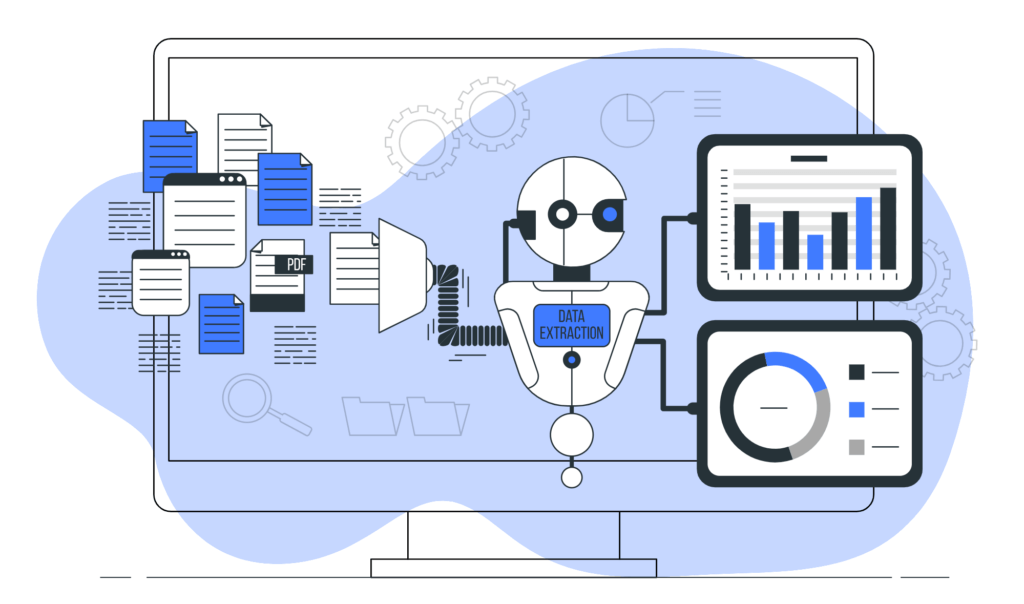
Tips for Choosing the Right AI-Powered Payroll Automation Tool
With the payroll software market offering many options, it’s essential to focus your evaluation on the key features and capabilities that align with your organization’s requirements. The top features to consider when selecting an AI-enabled payroll automation solution:
- Ensure the interface is intuitive and easy to navigate for all users. Look for self-service portals tailored to different roles.
- Verify scalability capabilities to handle company growth and changing needs over time. Cloud-based systems scale better.
- Evaluate implementation costs both for initial setup and ongoing maintenance. Look for predictable pricing models.
- Check that the vendor offers stellar training, customer service and educational resources to support adoption.
- Make sure AI and machine learning capabilities are embedded throughout for predictive analytics, personalized recommendations, anomaly detection and more.
- Confirm the solution is highly configurable to adapt to your unique pay rules, job roles, deductions, reimbursements and workflows.
- Review data security protocols like encryption, access controls and compliance with regulations to safeguard sensitive payroll data.
- Check for pre-built integrations and APIs to connect with your existing HRIS, accounting, ERP and other platforms.
- Look for a modern cloud-based architecture that enables rapid updates, mobile access, flexibility and reliability.
Article you might be intrested in: The Top 10 Productivity Tools for Working Smarter, Not Harder in 2023
Top Payroll Automation Tools to Consider
Choosing the right artificial intelligence-enabled payroll automation tool for your needs requires carefully evaluating key aspects like user experience, customization, security, integrations, analytics, and vendor support. Follow these tips for selecting the ideal solution:
- Nitso HRMS – Popular online platform with automation for contractor payments, benefits management, and real-time analytics dashboards.
- BambooHR – Combines HRIS and payroll processing including time tracking, custom reports, and employee self-service portals.
- Workday – End-to-end cloud HR and payroll system tailored for mid-size to large companies. Advanced analytics and ML capabilities.
- Rippling – All-in-one HRIS, payroll, and IT management platform ideal for tech companies. Benefits administration and AI-enabled workflows.
- Sage Payroll – Flexible solution for small to mid-sized organizations with cloud delivery, mobility, reporting, and configuration options.
Compare capabilities, integrations, analytics, AI features, and costs to find the right fit for your organization’s requirements and goals.
Article you might be intrested in: The Future is Visual – Revolutionize Work through Visual Communication
The Bottom Line
Automating payroll processes is a critical step for organizations looking to reduce manual work, improve accuracy, save time and money, and gain valuable data insights. By utilizing artificial intelligence and machine learning capabilities, modern payroll automation delivers even stronger benefits.
Implementing the ideal payroll automation solution powered by AI will optimize payroll workflows, free up staff time, reduce compliance risks, and provide managers and employees with an exceptional experience. As payroll AI capabilities continue evolving, we’ll see more personalized, predictive features that proactively identify issues and recommend optimizations.
Payroll automation with AI has quickly become a requirement for forward-thinking businesses. By choosing the right solution matched to your needs, any organization can transform their payroll function to drive cost savings, strategic insights, efficiency, and competitive advantage.

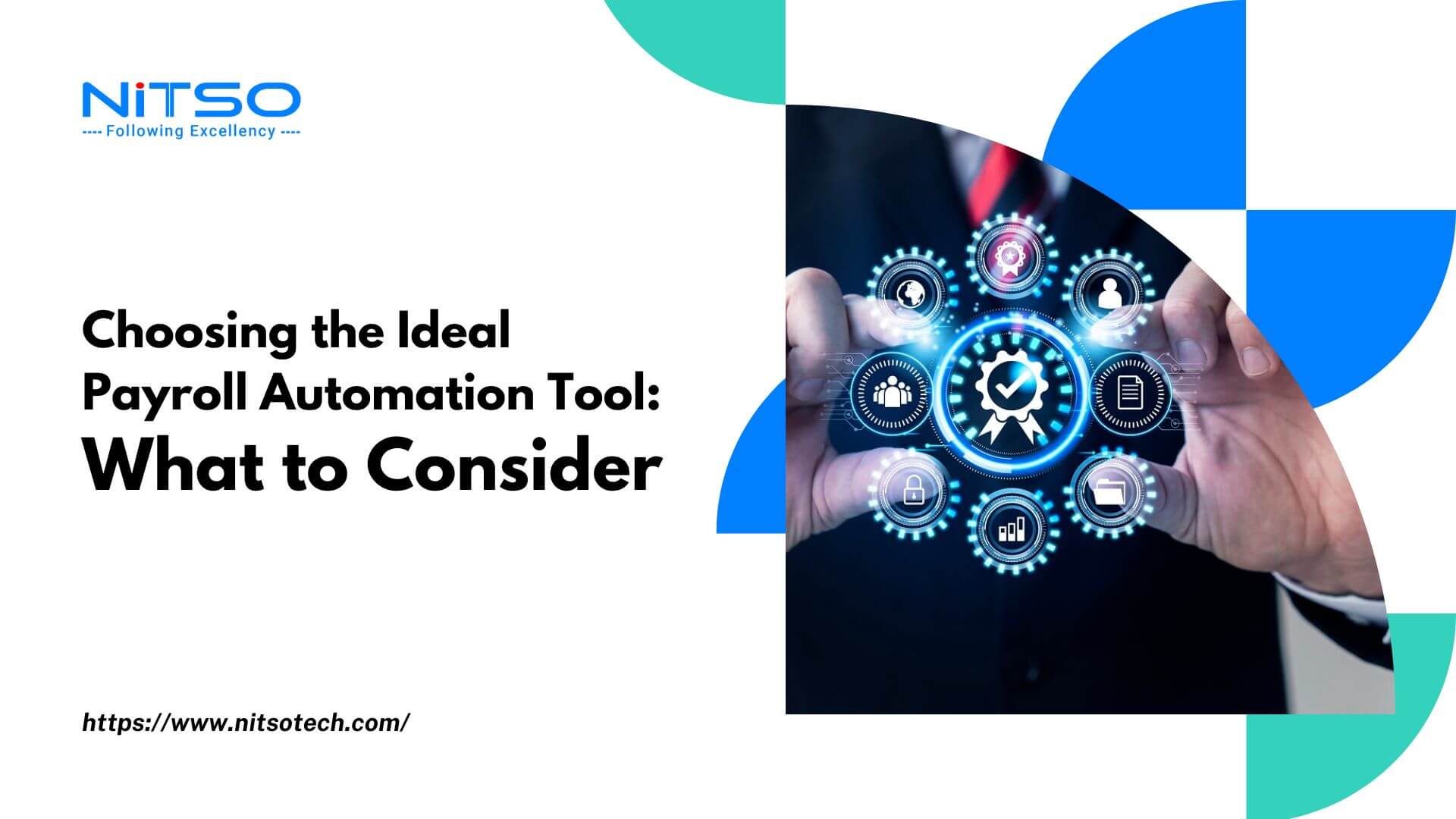

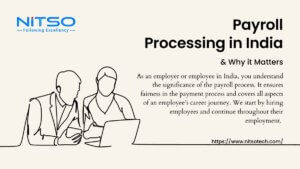
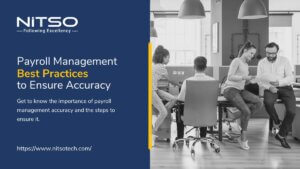
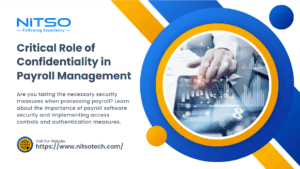


0 Comments